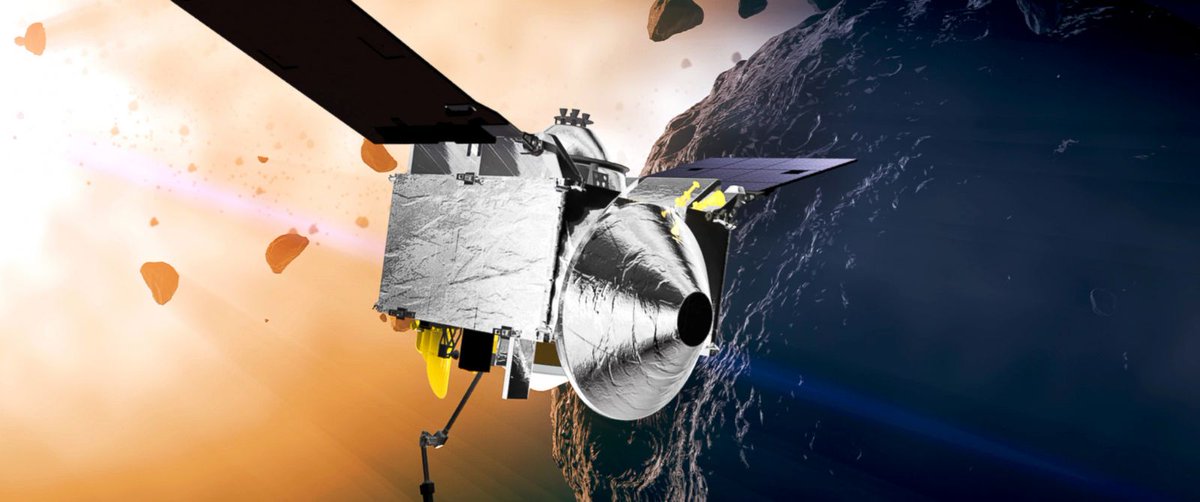In Today’s Deep Space Extra… Advocates urge a new U.S. president and Congress to stay the course with plans to explore Mars with humans.
Human Deep Space Exploration
Is the Moon a necessary step on the path to Mars?
The Space Review (8/8): NASA’s plans to reach Mars with human explorers in the 2030s should proceed in the aftermath of U.S. presidential and Congressional elections this year, write Chris Carberry and Rick Zucker, Explore Mars, Inc., CEO and director for political outreach. A moon-first strategy, as proposed by the European Space Agency, is a worthy goal in and of itself but not necessary as a stepping stone to Mars, according to Carberry and Zucker, who add, “The goal of humans on Mars is a compelling one and has long-standing public and bipartisan support.”
Asteroid Redirect Mission at critical juncture
Spacepolicyonline.com (8/9): NASA is soon expected to announce the outcome of a recent major review of the proposed Asteroid Redirect Mission, a deep space flight test of Solar Electric Propulsion and spacecraft maneuvering technologies, key enablers for U.S. human deep space exploration plans. The Key Decision Point-B review addressed technical, cost and schedule concerns for a mission intended to robotically secure a large boulder from the surface of an asteroid and steer it into a stable orbit around the moon. The crewed phase of ARM would send astronauts launched in an Orion capsule atop a Space Launch System exploration rocket on a visit to the lunar-orbiting asteroid boulder as part of a second flight test in the 2020s. The KDP-B review occurred July 15. Many are eager to learn the outcome, according to the report.
Scrutinizing NASA’s exploration efforts
The Space Review (8/8): Anticipate at some point after the November U.S. presidential elections a review of U.S. human space exploration plans, either internal or external, writes TSR editor Jeff Foust. He suggests an administrative re-examination could be more hardnosed than two recent U.S. General Accountability Office audits of NASA’s Orion crew capsule, Space Launch System exploration rocket and ground systems development efforts. Both questioned whether NASA has the funding and schedule to meet test launch dates for the deep space hardware, Exploration Mission-1, sometime between September and November of 2018, and Exploration Mission-2, between August 2021 and April 2023. Last month, NASA offered the NASA Advisory Council assurances it was working to meet the EM-1 and early EM-2 dates in spite of obstacles.
Space Science
Buildup of unusual launcher begins for NASA’s asteroid sample return mission
Spaceflightnow.com (8/8): United Launch Alliance has begun the assembly of the Atlas 5 rocket assigned to launch NASA’s OSIRIS-REx mission, a long-running robotic voyage to gather a sample from the surface of the asteroid Bennu and return the material to Earth. The mission is scheduled for a Sept. 8 lift off from Cape Canaveral Air Force Station, Fla.
Lockheed Martin and NASA finalize deal for tiny Moon satellite
Ars Technica (8/8): Lockheed Martin’s SkyFire is among a lineup of CubeSats slated to launch as companions to NASA’s Orion capsule on the first uncrewed test flight of the space agency’s Space Launch System exploration rocket in late 2018. As part of NASA’s Exploration Mission-1, Skyfire will provide NASA with high resolution imagery of the moon in exchange for the launch. NASA wants to see how well CubeSats can perform in deep space. Other small satellites on the mission, IceCube and BioSentinel, for instance, will look for water ice on the lunar surface and assess deep space radiation levels.
Still no sign of ‘sterile neutrino’ particle, candidate for dark matter
Space.com (8/8): The Ice Cube Nutrino Observatory, buried deep in the Antarctic, has come up empty in its search for the sterile neutrino, a candidate for dark matter, the mysterious stuff that comprises 80 percent of the mass of the universe.
Can we mathematically prove aliens exist?
Seeker.com (8/8): The Scharf-Cronin Equation is joining the Drake Equation as a potentially significant calculation in determining the prospects of intelligent civilizations beyond the Earth.
New technique searches for exo-moons by the light of their planets
Space.com (8/7): Moons around alien planets may be a promising source of planetary bodies with environments suitable for life.
Low Earth Orbit
No complaint from SpaceX as Air Force skips competition for pair of NRO missions
Space news (8/8): United Launch Alliance will provide the U.S. Air Force with a pair of Delta 4 launch vehicles for the launching of National Reconnaissance Office payloads in 2020 and 2023, according to an Aug. 4 announcement. The timing and the complexity of integrating the satellite launch vehicle hardware led to a sole source decision, according to the U.S. Air Force.
First JPSS satellite launch delayed two months
Space News (8/8): NOAA’s first next-generation polar-orbiting weather satellite, the Joint Polar Satellite System spacecraft, has encountered technical and ground system issues that will delay its launching until March 2017.
Please note, CDSExtra will be on vacation Monday, August 15 through Friday, September 2. Distribution will resume Tuesday, September 6.

